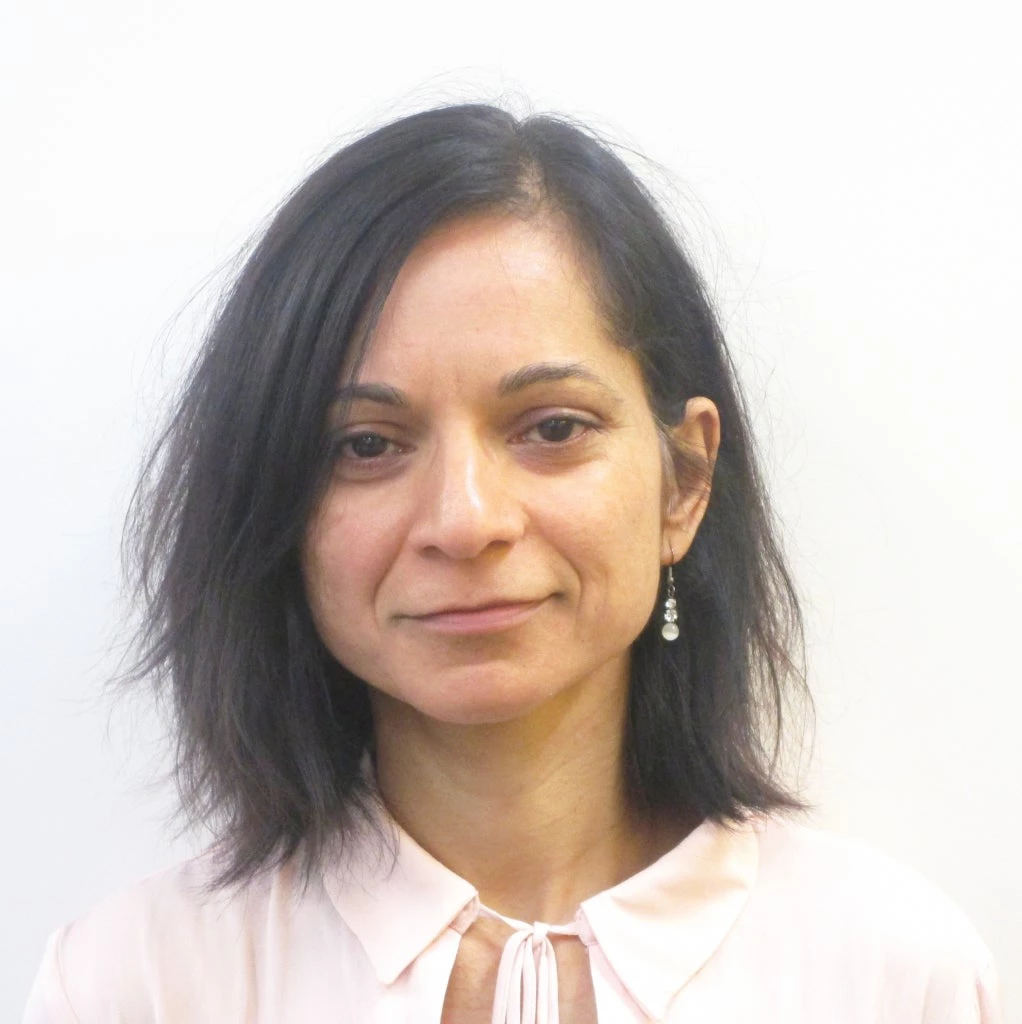
“There is no dumsor (power cuts) in this village, and so we are better off than the city people,” he said. “And the only time someone loses power is when they don’t put enough credit into it.”
Hormuku wants a brighter future for his children and family, literally. A 22.5 KW solar-diesel hybrid mini-grid system serves Atigagome, which has more than 70 households, and where people have expressed interest in starting economic activities, such as corn mills and small shops. Eleven new families have moved into the village and have requested to be connected to the mini-grid, just as Hormuku has done.
For the time being, though, a 15 KW expansion of the mini-grid has to cater to their needs. Similar expansion is planned for two other mini-grid sites, where there is also a growing demand for electricity. And, while the benefits of electricity could be as simple as having cold drinking water, listening to the radio, or watching television, most people ask for things that will earn money, such as corn mills, motorized sewing machines, and water pumps.
At the local level, this shows that island communities have both adapted to electricity and are exploring ways to use it productively, boosting local economic activity. At the national level, Ghana is keen to meet the objectives of Sustainable Energy for All by 2030, and is well positioned to do so as it has now expanded electricity to 83% of its population of 28.2 million.
On the mini-grid
The mini-grid has given Agatha Abotchie, a seamstress in Aglakope, the opportunity to work during evening hours. Prior to the project, she sewed without light. Now she can sew at night, and is also able to use an electric iron, which makes her work neat and presentable for her customers. Agatha is intending to buy a motor to turn her manual sewing machine into an electric one, speeding-up the pace of her business.
Challenges remain, however, in bringing electricity to remote communities, such as those on islands in Lake Volta and living in isolated locations along the lakeshore. About 5 million people, or 17% of Ghana’s total population, do not have access to electricity, about 2.9 million of them in lakeside and island communities created by the Akosombo Dam, which was built in 1965.
These island and lakeside communities are difficult and uneconomical to connect to the national grid, and now seen as a major hurdle in Ghana’s goal of having universal electricity by 2020, defined as it reaching 90% of its total population.
But, under the World Bank-funded, Ghana Energy Development and Access project (GEDAP), five pilot projects were commissioned in 2016 and have been operating in four island communities for a year. The mini-grids serve about 417 households with 10,000 people.
A joint mission of staff from Ghana’s Ministry of Energy and the World Bank recently visited four of these sites, a journey that involved an 8-hour drive from Accra to reach Kete Krachi, a town at the edge of Lake Volta, followed by a ferry crossing. The next day, it took two-and-a-half hours to reach Aglakope island.
The mini-grid project has given communities a new perspective: in Kudorkope village, it has improved the quality of the local school, with teachers willing to relocate to the island or come there more often. Children are finishing their homework in the evenings and their performance is improving, according to one teacher.
The mini-grids are hybrid systems of solar with battery back-up, plus a back-up diesel generator. They can generate about 1.5 Megawatts.
Success leads to need for policy
Demand and interest has led to a decision to expand three out of four sites to accommodate new customers. But, as an economic sector, the mini-grid lacks regulatory clarity and policy; the pilot projects rely on intermittent funding, mostly sourced from development partners and NGOs; and a fully public business model will require explicit subsidies to scale up with private sector participation, as seen in Kenya.
The assets under the pilot projects are owned and supervised by Ghana’s Ministry of Energy. And, though there are plans to transfer the operation to state utility companies, it is not clear how maintenance will be done or the projects’ interface with communities proceed. Given the positive impact of this pilot project, though, we plan to a dialogue with the Government of Ghana to facilitate the mini-grid upscale. There are still up to 200 more island communities without electricity.


Join the Conversation